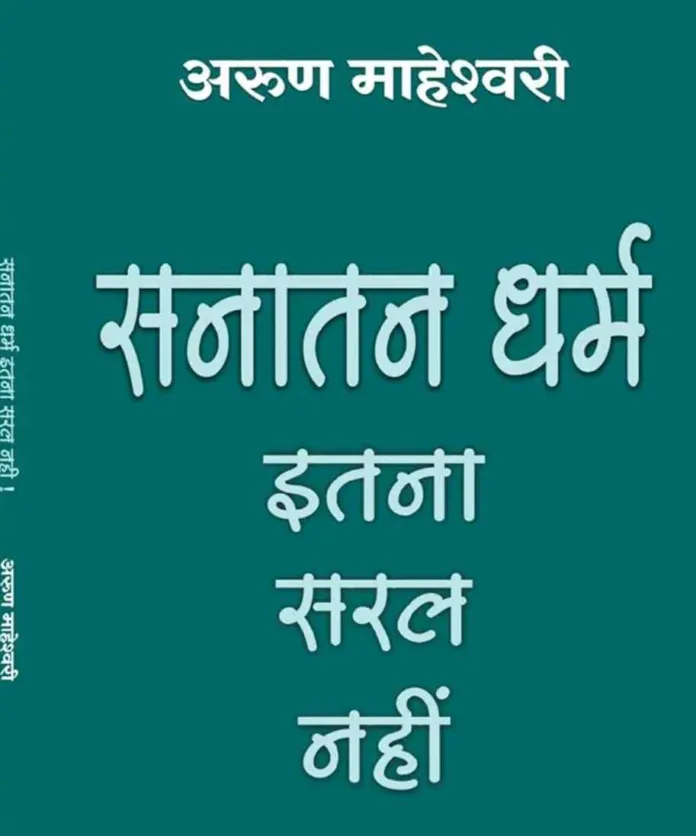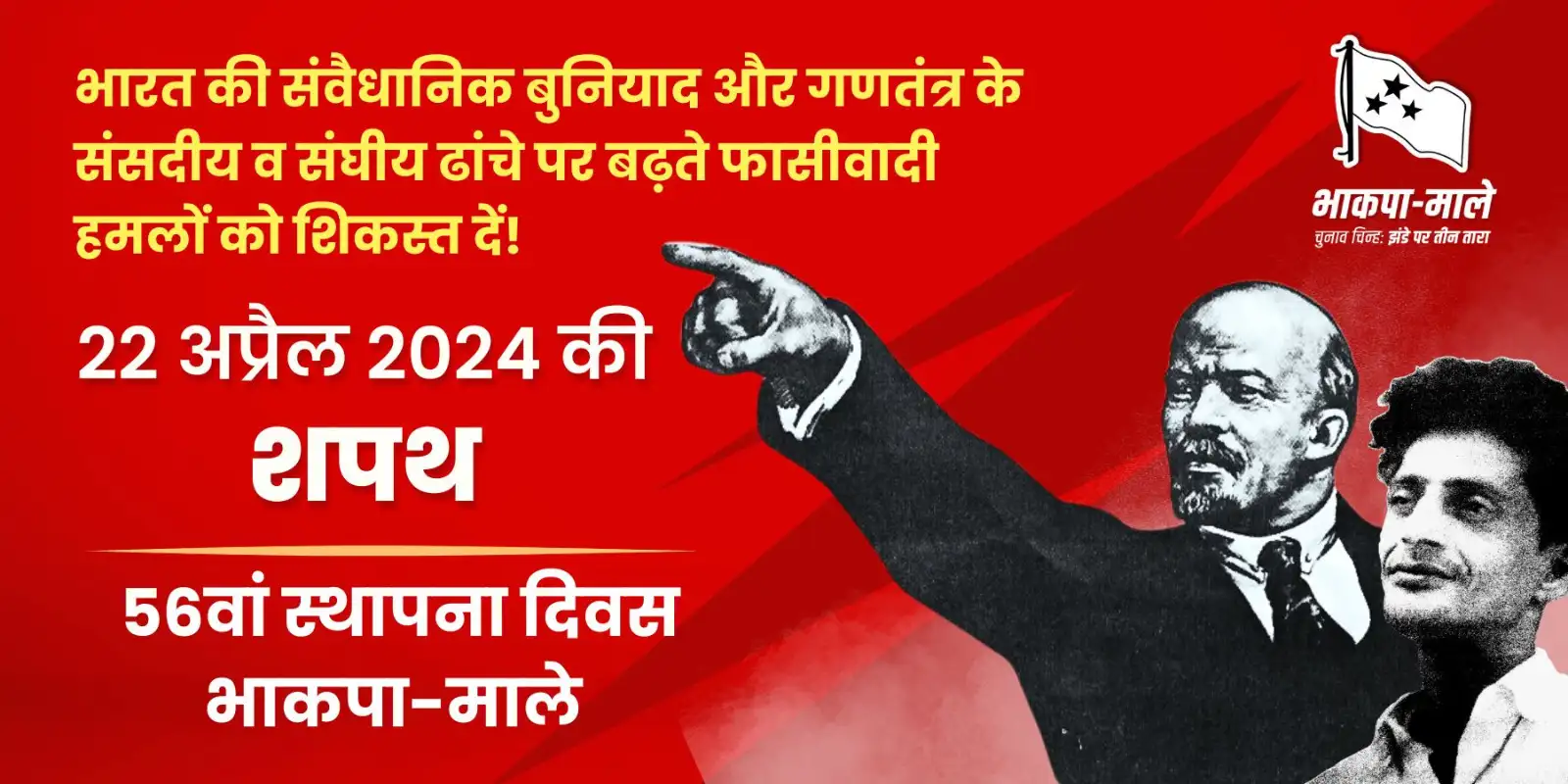This article delves into the complexities surrounding Sanatan Dharma and Hindu Dharma, highlighting the key differences between these two terms often used interchangeably.
Understanding the Nuances
The booklet “Sanatan Dharma: Itna Saral Nahin” by Arun Maheshwari critically examines the relationship between these concepts. Sanatan Dharma refers to the “eternal law” or universal principles, while Hindu Dharma encompasses the diverse religious practices and philosophies followed by Hindus.
Karpatri Maharaj: A Scholar’s Critique of Hindutva
The article explores the views of Swami Karpatri Maharaj, a Hindu scholar who challenged the ideology of the Rashtriya Swayamsevak Sangh (RSS) and its political arm, the Bharatiya Janata Party (BJP). Karpatri Maharaj argued that the RSS’s concept of Hindutva, emphasizing nationalism and Hindu superiority, contradicts the core tenets of Sanatan Dharma.
Key Points of Contention
* The saffron flag: Karpatri Maharaj contested the RSS’s view of the saffron flag as the sole symbol of Hinduism, citing historical examples of diverse chariot flags used in ancient India.
* Varnashrama Dharma: Karpathi ji believed Sanatana Dharma upholds the Varnashrama social hierarchy, a point the RSS avoids.
* Nationalism and Religion: Karpatri Maharaj criticized the RSS’s concept of a Hindu nation based on religion and ethnicity, contrasting it with Sanatan Dharma’s universal ideals.
Shifting Narratives
The article notes the BJP’s recent adoption of the term “Sanatan Dharma,” potentially as a strategic move away from the perceived negativity associated with “Hindutva.”
Conclusion
Arun Maheshwari’s booklet sheds light on the ongoing debate about Sanatan Dharma and Hindu Dharma. By understanding these distinctions, readers can engage in more informed discussions about religion and politics in India.
(Comment: Sanjay Parate)







Recent Comments